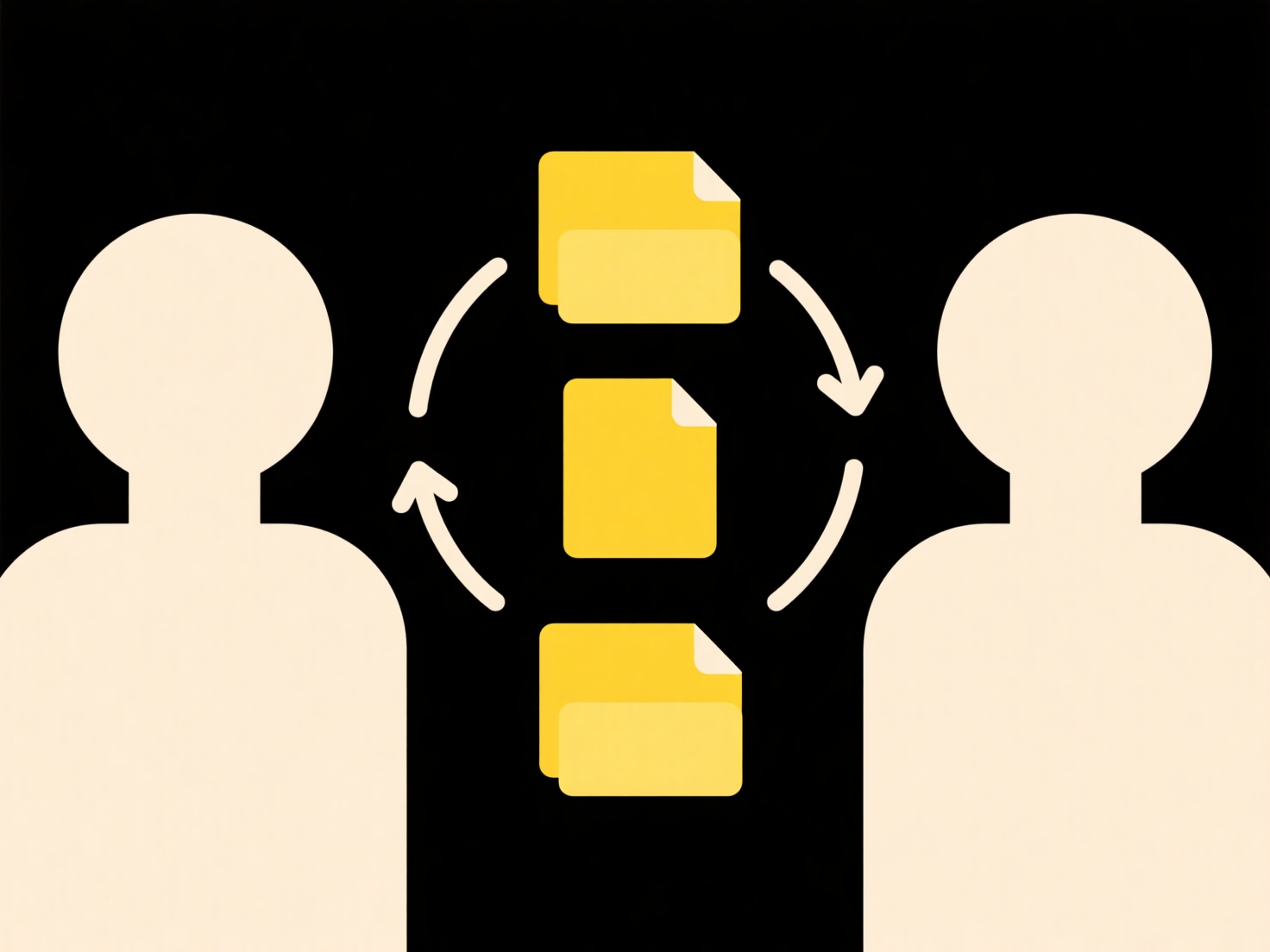
Cloud file requests enable others to upload files directly into your designated cloud storage folder, bypassing the need for sharing full folder access. They work by generating a specific upload link you share; recipients click the link and upload files, depositing them into your chosen folder without viewing its entire contents. This differs from traditional methods like email attachments or direct folder sharing by ensuring submissions are centralized, organized by source (if enabled), and secured through dedicated upload permissions rather than broader access.
For instance, a company's HR department can create a file request link for job applicants to submit resumes and portfolios, centralizing all documents within a "Recruitment 2024" folder. Freelancers frequently use them to receive project assets like images or reports from clients, placing files instantly into a "Client X Project" folder on their Google Drive or Dropbox without manually handling emails. Platforms like Dropbox, Google Drive, OneDrive, and Box all offer this functionality.

Key benefits include strong organization through central collection and structured folder hierarchies, enhanced security via controlled upload-only permissions, and convenience for both sender and receiver. Limitations include potential user confusion when large batch uploads fail or unclear filename conventions lead to messy folders. Ethically, permission audits are crucial. Future developments involve smarter AI auto-tagging based on request context, reducing manual sorting overhead. This feature is vital for streamlining professional data intake workflows.
How do I organize cloud file requests or submissions?
Cloud file requests enable others to upload files directly into your designated cloud storage folder, bypassing the need for sharing full folder access. They work by generating a specific upload link you share; recipients click the link and upload files, depositing them into your chosen folder without viewing its entire contents. This differs from traditional methods like email attachments or direct folder sharing by ensuring submissions are centralized, organized by source (if enabled), and secured through dedicated upload permissions rather than broader access.
For instance, a company's HR department can create a file request link for job applicants to submit resumes and portfolios, centralizing all documents within a "Recruitment 2024" folder. Freelancers frequently use them to receive project assets like images or reports from clients, placing files instantly into a "Client X Project" folder on their Google Drive or Dropbox without manually handling emails. Platforms like Dropbox, Google Drive, OneDrive, and Box all offer this functionality.

Key benefits include strong organization through central collection and structured folder hierarchies, enhanced security via controlled upload-only permissions, and convenience for both sender and receiver. Limitations include potential user confusion when large batch uploads fail or unclear filename conventions lead to messy folders. Ethically, permission audits are crucial. Future developments involve smarter AI auto-tagging based on request context, reducing manual sorting overhead. This feature is vital for streamlining professional data intake workflows.
Quick Article Links
How do I make sure only one person can edit a file at a time?
File locking prevents simultaneous editing conflicts by reserving exclusive write access to a file for one user. When en...
Can conflicting file timestamps trigger duplication?
File timestamps record the creation, modification, or last access time of a file. Conflicting timestamps occur when diff...
Why don’t files from external drives show in search?
When files from an external drive don't appear in your computer's main search results, it's usually because search index...